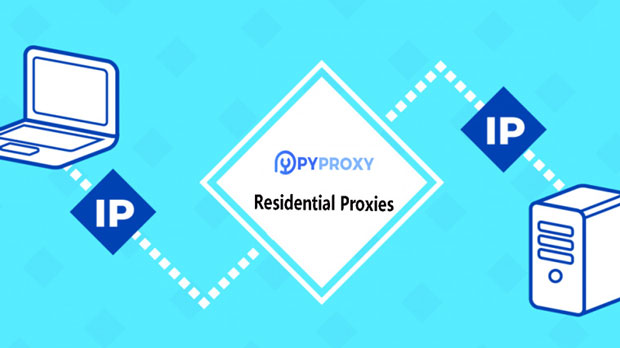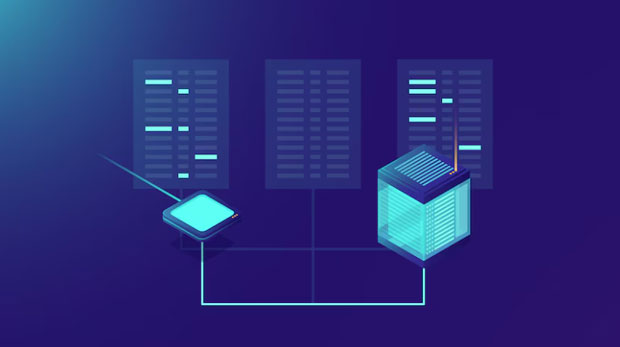In the world of proxies, users are increasingly looking for versatile solutions that can handle multiple protocols seamlessly. Two prominent tools in this domain, SSL Proxy and PYPROXY, have emerged as potential options for individuals and businesses seeking to optimize their internet browsing experience. One of the most crucial questions is whether these proxies can support multi-protocol switching. This capability ensures that users can switch between different communication protocols to suit various needs, including security, speed, and compatibility with different types of networks. This article will explore the multi-protocol switching capabilities of both SSL Proxy and PYproxy, providing a deep analysis of their functionality, benefits, and potential limitations.Understanding Multi-Protocol SwitchingMulti-protocol switching refers to the ability of a proxy to handle and switch between different communication protocols, such as HTTP, HTTPS, SOCKS5, and others. This flexibility allows users to choose the most suitable protocol based on their requirements—whether they are prioritizing speed, privacy, or compatibility with specific network configurations. For instance, HTTP is ideal for general web browsing, while SOCKS5 is better suited for more demanding use cases such as torrenting or accessing geographically restricted content.For proxy services like SSL Proxy and PYproxy, offering multi-protocol switching can significantly enhance the user experience. However, the degree to which these proxies can handle such switching depends on their architecture, configuration options, and overall flexibility.SSL Proxy: Capabilities and Protocol SwitchingSSL Proxy has built its reputation as a high-performance proxy service with robust features. One of the key questions users have is whether SSL Proxy can handle multi-protocol switching. The answer is generally affirmative, though there are some important factors to consider.Protocol Support: SSL Proxy supports a range of popular protocols, including HTTP, HTTPS, and SOCKS5. These are some of the most widely used protocols in the proxy industry, each catering to different use cases. However, the way SSL Proxy handles protocol switching depends on the configuration set by the user or administrator. For example, some setups may require manual adjustments to switch between protocols, while others may offer automatic protocol switching based on network conditions or security needs.Use Cases for Multi-Protocol Switching: The ability to switch between protocols makes SSL Proxy particularly versatile. For users focused on security, they can switch from HTTP to HTTPS for encrypted connections. For tasks that require higher anonymity, switching to SOCKS5 may be the preferred choice. This flexibility allows SSL Proxy to cater to a wide range of activities, from regular browsing to more advanced tasks like streaming or data scraping.Limitations: While SSL Proxy offers multi-protocol switching, there are some limitations to keep in mind. For instance, the switching process may not always be seamless for every user. Some users might experience brief connectivity issues when switching protocols, especially if they are working with complex network configurations. Furthermore, the number of supported protocols may be more limited compared to other specialized proxy services.PYproxy: Protocol Switching and FlexibilityPYproxy, another well-known proxy service, also offers multi-protocol support, but its implementation is slightly different from SSL Proxy’s. PYproxy places a strong emphasis on simplicity and ease of use, which is appealing to users who may not have the technical expertise to manually configure complex network settings.Protocol Support: Like SSL Proxy, PYproxy supports a range of protocols, including HTTP, HTTPS, and SOCKS5. The key difference is in the ease with which users can switch between these protocols. PYproxy has an intuitive user interface that allows users to select the protocol they wish to use with minimal hassle. This makes it a popular choice for non-technical users who want the flexibility of protocol switching without dealing with complex settings.Automatic Switching: One of the standout features of PYproxy is its automatic protocol switching. This means that the proxy service can switch protocols based on factors like network performance or security requirements. For example, if a user is experiencing slow speeds or connectivity issues, PYproxy can automatically switch to a faster protocol to improve performance.Limitations: While PYproxy’s automatic protocol switching is an attractive feature, it can sometimes lead to unpredictable results. In some cases, users may find that the proxy switches to a less optimal protocol without warning. Additionally, while PYproxy supports multiple protocols, the overall flexibility may be somewhat limited compared to SSL Proxy, especially for users with more advanced needs.Benefits of Multi-Protocol Switching for UsersBoth SSL Proxy and PYproxy offer significant advantages when it comes to multi-protocol switching. The ability to switch between protocols enhances security, increases browsing speed, and ensures compatibility with a wider range of applications. For businesses or individuals working in high-security environments or handling sensitive data, multi-protocol switching is an essential feature. Security: Switching to more secure protocols like HTTPS or SOCKS5 can provide enhanced privacy, making it harder for third parties to track online activity. This is particularly important in scenarios like online banking, confidential communications, or accessing restricted content.Speed and Reliability: Multi-protocol switching can also help improve speed and reliability. For example, when experiencing slow speeds with one protocol, switching to another may offer better performance, especially if the protocol is optimized for specific network conditions.Geolocation and Accessibility: Protocol switching can also help users bypass geographic restrictions and access content that may otherwise be blocked in certain regions. By switching to a protocol that works best for a particular location or content type, users can enhance their browsing experience.ConclusionIn conclusion, both SSL Proxy and PYproxy offer multi-protocol switching capabilities, each with its own strengths and limitations. SSL Proxy provides a robust and flexible approach to protocol switching, suitable for more advanced users who require a customizable solution. On the other hand, PYproxy focuses on ease of use, offering automatic protocol switching for users who prioritize simplicity.Ultimately, the best choice depends on the specific needs of the user. For those seeking more control over their proxy settings and the ability to fine-tune their experience, SSL Proxy may be the better option. However, for users who want a straightforward solution with minimal setup, PYproxy offers a compelling alternative.By supporting multi-protocol switching, both proxies provide users with greater flexibility, security, and performance, making them invaluable tools for anyone seeking to optimize their internet browsing experience.
Jun 27, 2025






















































